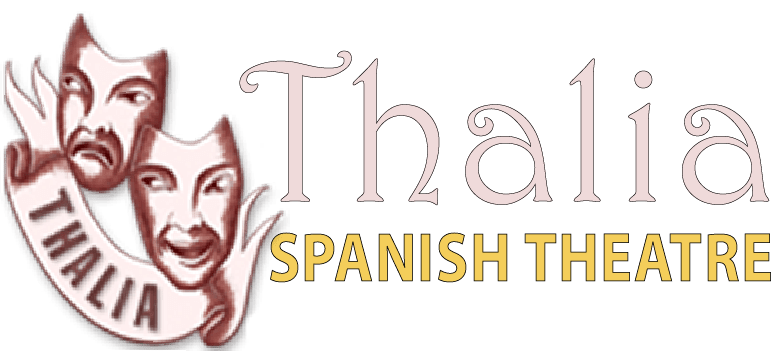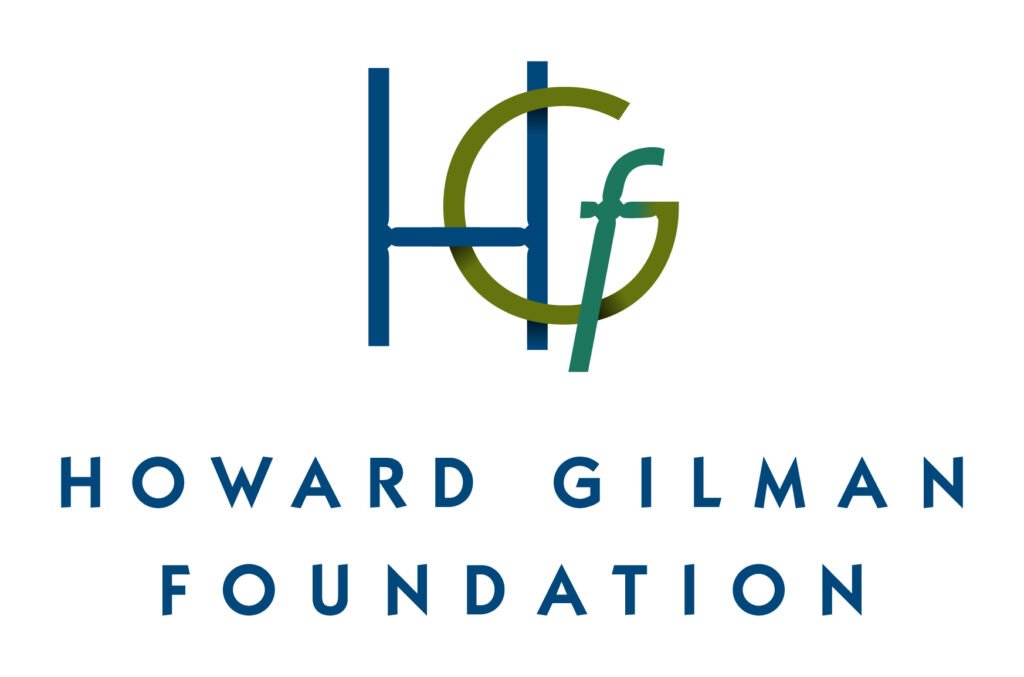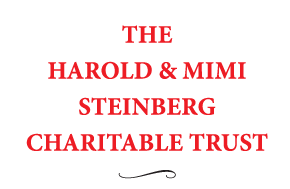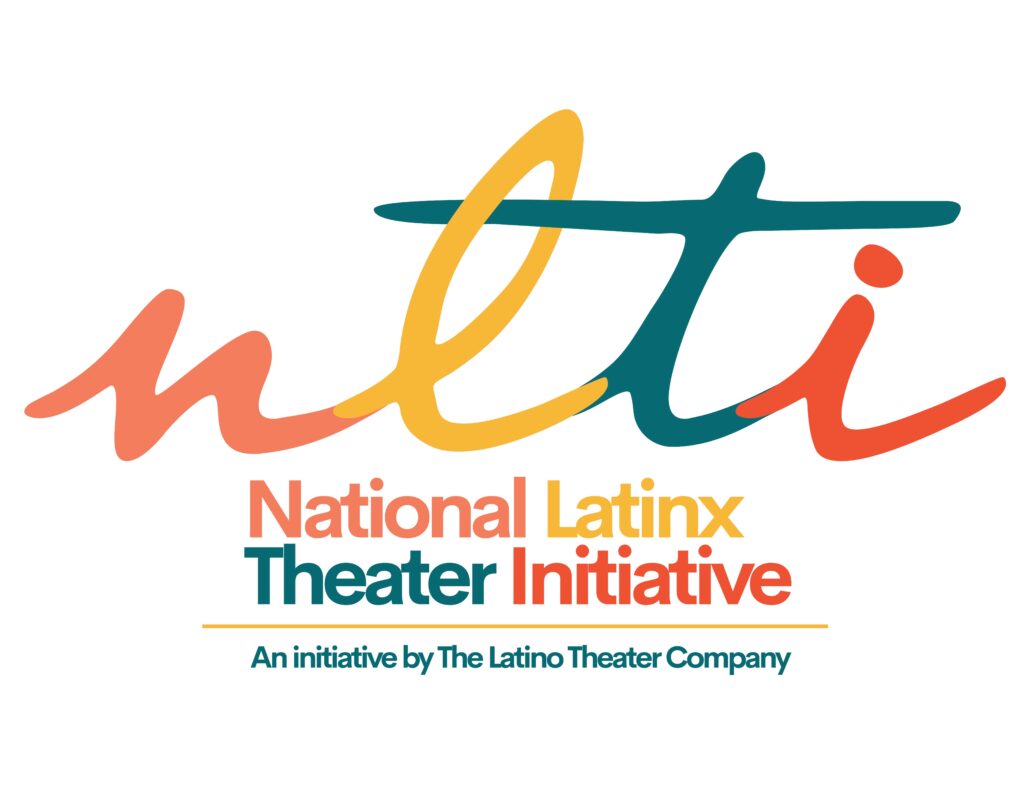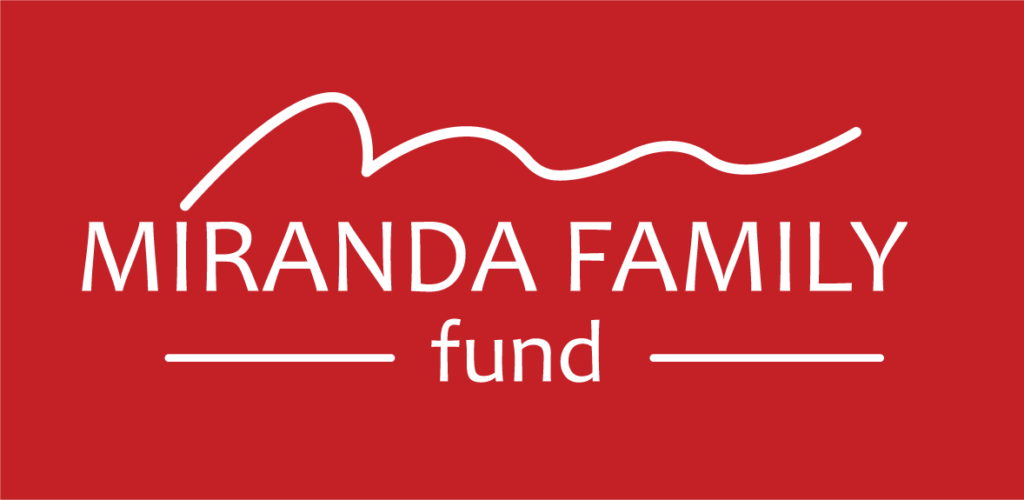A musical for the entire family in the universal languages of LIVE Music and Dance!
Un musical para toda la familia en el lenguaje universal del Baile y la Música EN VIVO.
Discover the AFRICAN ROOTS of TANGO in MUSIC, SONG & DANCE.
Descubra las RAICES AFRICANAS del TANGO en MUSICA, CANTO y BAILE.

Music Director
EMILIANO MESSIEZ
Music Arranged by * Música Arreglada por
EMILIANO MESSIEZ & FEDERICO DIAZ
with / con
The Dancers / Los Bailarines
GUILLERMINA QUIROGA & MARIANO LOGIUDICE
ANALIA CARREÑO & LUIS RAMIREZ
MILTERI TUCKER & BILLY T “EL NEGROLO”
The Singers
La Cancionista JULIETA RADA
El Cantor ACHE REY
and The Musicians / y Los Músicos
Piano EMILIANO MESSIEZ
Bandoneon LEANDRO RAGUSSA
Guitar * Guitarra FEDERICO DIAZ
Violin SERGIO REYES
Doublebass * Contrabajo CARLOS PINO
Candombe Drummers * Tambores
ARTURO PRENDEZ
ARIEL “CHINO” BENATAR
FABRICIO TEODORO
Produced, Designed & Directed by * Producido, Diseñado y Dirigido por
ANGEL GIL ORRIOS
TANGO and CANDOMBE have been designated by UNESCO as Argentina and Uruguay‘s
Intangible Cultural Heritage of Humanity.
CANDOMBE, also known as Tango Negro, is an African-derived rhythm that has been an important part of Uruguayan culture for over 200 years. It is what survives of the ancestral heritage of Bantu culture, brought to Uruguay by enslaved Africans. During colonial times, they called their drums tangó, and used this term to refer to the place where they gathered to perform their CANDOMBE dances; by extension, the dances themselves were also called tangós. CANDOMBE music uses 3 drums called “repique”, “chico” and “piano”.
TANGO developed simultaneously in Montevideo, Uruguay, and Buenos Aires, Argentina. Although typically regarded as the creation of Italian and Spanish immigrants, the TANGO music and the dance movements associated with it were deeply influenced by African dance and music.
TANGO y CANDOMBE fueron designados por UNESCO
como Patrimonio Cultural Intangible de la Humanidad para Argentina y Uruguay.
CANDOMBE, también conocido como Tango Negro, es un ritmo de origen africano que ha sido una parte importante de la cultura uruguaya durante más de 200 años. Es lo que sobrevive de la herencia ancestral de la cultura bantú, traída a Uruguay por africanos esclavizados. Durante la época colonial llamaban tangó a sus tambores, y utilizaban este término para referirse al lugar donde se reunían para realizar sus bailes de CANDOMBE; por extensión, a los bailes propiamente dichos también se les llamaba tangós.
La música CANDOMBE utiliza 3 tambores llamados “repique”, “chico” y “piano”.
TANGO se desarrolló simultáneamente en Montevideo, Uruguay y Buenos Aires, Argentina.
Aunque típicamente se considera creación de inmigrantes italianos y españoles,
la música del TANGO y los movimientos de danza asociados con él estuvieron profundamente influenciados
por la danza y la música africanas.
FIVE WEEKS ONLY!
CINCO UNICAS SEMANAS
MAY 31 MAYO a * to JUNE 30 JUNIO
2024
VIERNES 8 PM FRIDAYS,
SABADOS 3 PM & 8 PM SATURDAYS,
DOMINGOS 4 PM SUNDAYS.
TICKETS $50,
ESTUDIANTES y RETIRADOS $45 STUDENTS & SENIORS,
Special group rates 10+ Precio especial para grupos 10+
